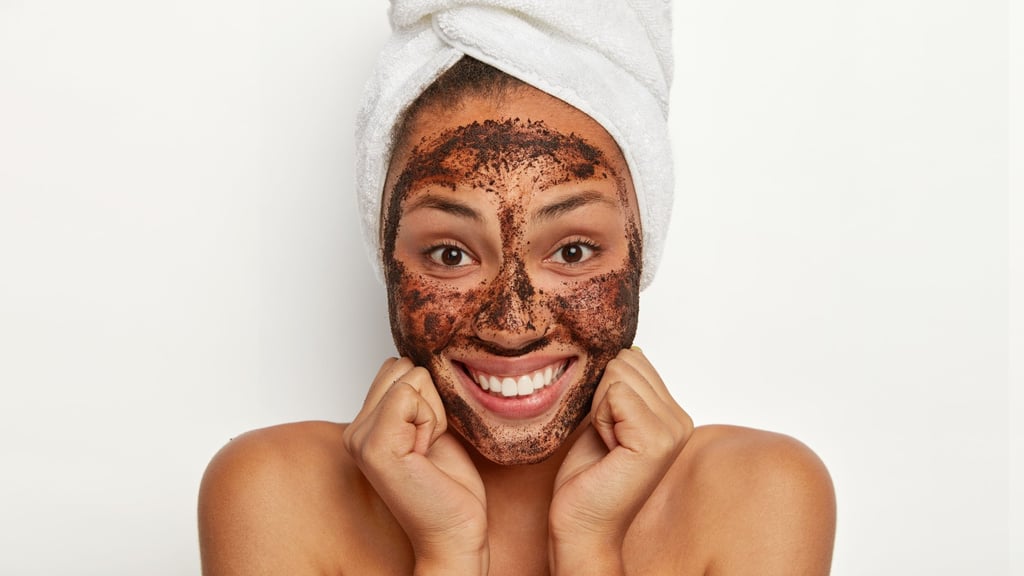Explainer | Lose that dead skin: exfoliation secrets, tips and everything else you need to know to keep your youthful glow
- Dead skin can clog up pores, increase production in oil glands, and cause skin rough and acne
- Exfoliation is the solution, but there are different ways to do it and products to use, and it is important to find out your skin type before you start

We’ve been told about the importance of hydrating and cleansing skin, but exfoliating is just as important, only a bit more confusing.
If done correctly, this single step can change your skin, leaving it clearer, brighter, smoother, and free of dead skin cells. However, there is no simple formula. We all need different types, methods and schedules, although there are some general rules you can follow, depending on your skin type.
Fiona Brackenbury, a skincare expert and former global education director for L’Oreal, thinks exfoliation can be somewhat addictive, as it offers instant, visible results.
“There is a temptation to overexfoliate,” she says. “Dead skin cells fall away naturally every minute of every day, so we do not need to be exfoliating every day.
“Ideally once or twice a week is sufficient, and [people with] oilier skins need to bear in mind that using a physical (with grains) exfoliator can stimulate the oil glands into producing more oil – brilliant for dry skin but the last thing you want for oily skin.”

It’s common to think exfoliation is only about getting rid of unwanted debris, but it offers more than that.
